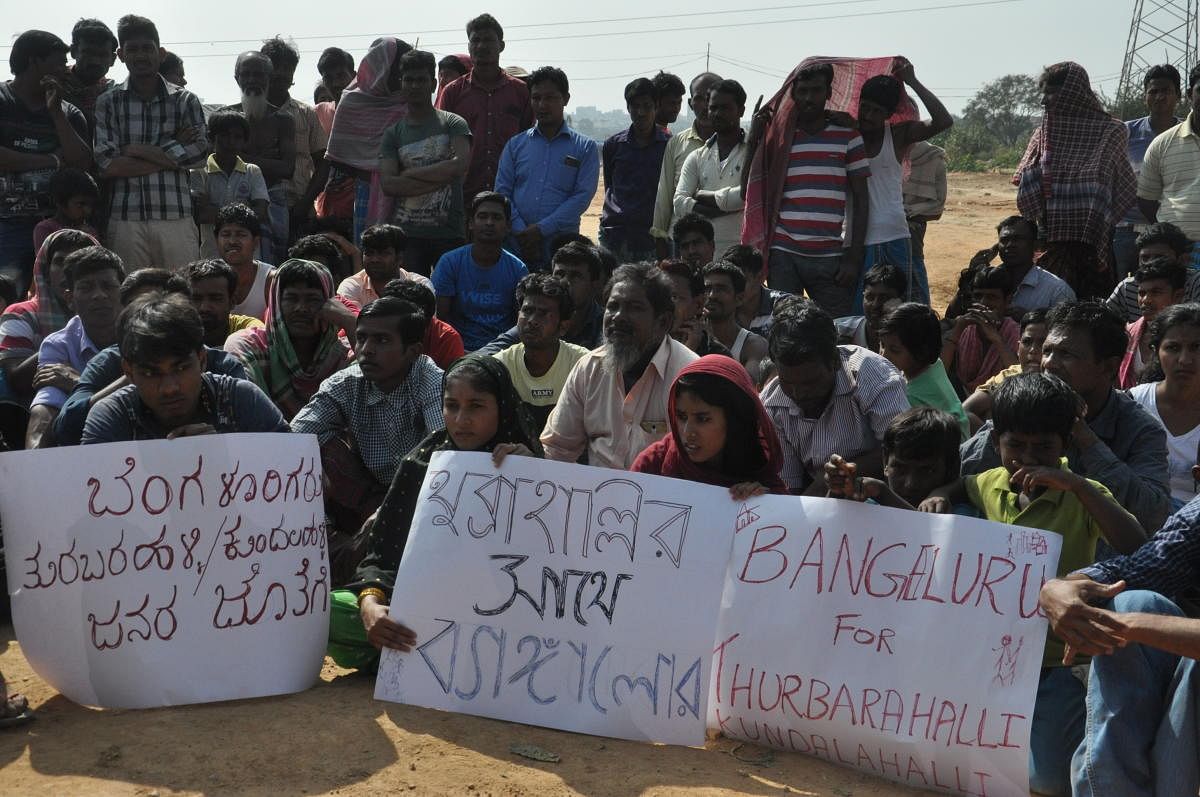Migration has been a historical process, framing and developing human existence. Migration was a win-win situation for both the migrant population and the industrialised countries as it was closely associated with the shaping of cities and urbanisation since the beginning of the 19th century. Migrant populations play a vital role and influence the demand and supply of labour and economic growth of the developing countries.
In 2000, the United Nations proclaimed December 18 as International Migrants’ Day, adopting the rights of the migrants and their families.
Human migration is a function of socio-economic, political, cultural and development factors. Several triggers cause human migration. Most of it is directly attributable to employment prospects, ranging from the search for jobs to transfers. The other important factors of movement of people are business, education and marriage.
On the flip side, economists argue that migration occurs as a result of lack of development and failure of employment schemes to ease rural poverty. The more the economic inequality between the urban and the rural, the bigger the scale of migration. The factor necessitates the need for rural development and establishing infrastructure, factories and employment in tier 3 and 4 cities.
Delhi is the most favoured destination, with 33% of the total migrants within India going there. The Delhi National Capital Region accommodates about 3.5 lakh migrants each year. A thousand migrants land in Delhi every day from across India. In terms of per capita income, the national capital ranks over other metro cities, and this is one of the reasons that makes Delhi the top destination for migrants. As per Census 2011, the number of interstate migrants in Delhi was 18 million, which is 12% of the total migrants in the country.
As per Census, employment in the manufacturing sector in Mumbai had nosedived from 40% in 1961 to 20% in 2011. Large-scale construction in Mumbai has led to the rapid migration of migrants from Bihar, Uttar Pradesh, Orissa and Telangana. Development of various projects in metros are the main area of employment that still attracts the migrant labour. With the ever-increasing migration from rural India to cities, the country’s urban population is likely to cross 70 crore by 2030.
In the 1800s, the British had made Kempe Gowda’s Bengaluru their summer home, just as they had Shimla, Dalhousie and Darjeeling. Ever since, the Garden City’s cool climate has attracted migrants, ranging from retired people to Rajasthani business families. Bengaluru’s engineering colleges, start-ups, the IT sector and PSUs like HAL and BEL attract educated migrants. According to a study, 48% of migrants in Bengaluru are highly educated; Chennai and Hyderabad have 36% and 29% of the highly educated, respectively.
On the global front, the total number of international migrants has increased to an estimated 250 million. Two-thirds of all international migrants live in Europe and Asia. Seventy-six million migrants live in Europe, 21 million in Africa. North America’s immigrant population is 54 million while Latin America and Oceania have nine and eight million, respectively.
The Y2K era created challenges and opportunities for job seekers and students across the globe. One of every 10 migrants is under the age of 15, and 15% migrants are below 20 years of age. The hope of a well-paid job in a developed country is a predominant driver of international migration. Some 70% of foreign migrants are of working age between 20 and 60 years. Asia has 75 million migrants. India is the largest migrant source country in the world, followed by China. The UAE has the highest proportion of migrant population — 80% of its people are migrants; migrants account for 76% of the population in Qatar, 74% in Kuwait, and 51% in Bahrain. The migrants mostly comprise of labourers from India, Pakistan, Bangladesh, Indonesia, the Philippines and Nepal.
Top remittance recipients
India and China remain the top remittance recipient countries, with total inward remittances exceeding $60 billion per year for each country. Inward remittances contribute 30% of Nepal’s GDP. On the other hand, the US tops in outward remittances, followed by Saudi Arabia and Switzerland.
In Europe, Germany has the largest migrant population, estimated at 13 million, of which the majority is migrated from Kazakhstan, Poland, the Russian Federation and Turkey. The Russian Federation has become the second largest destination of migrants in Europe after Germany. Germany became the top host to the largest population of refugees and asylum seekers in Europe, with most refugees from Syria, Iraq and Afghanistan. Austria and France are home to the largest refugee population from the Russian Federation.
In the 80s, a sizable number of Sri Lankan Tamils took refuge in France during the LTTE civil conflict. The preponderance of Tamils from Pondicherry is among the Tamil population in France. Like the buzzing ethnic district that houses Singapore’s Indian community is known as Little India, the pockets of Tamil community living in Paris is known as Little Jaffna. A large population from Africa, especially from Congo, migrated to France. Likewise, the conflict in Ukraine forced three lakh people from Ukraine to take shelter in the Russian Federation.
The subject of migration has always been debated, especially whether the phenomenon is a problem or an opportunity. The amount of foreign inward remittances and the extent of job creation, employability, the positive effects of migration on poverty and inequality suggest that migrant movement is a net opportunity. However, there are concerns such as population imbalance, rural-urban divide and India losing a highly skilled and educated workforce to the developed countries.
